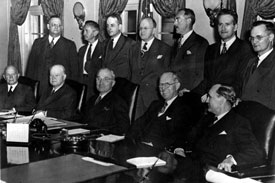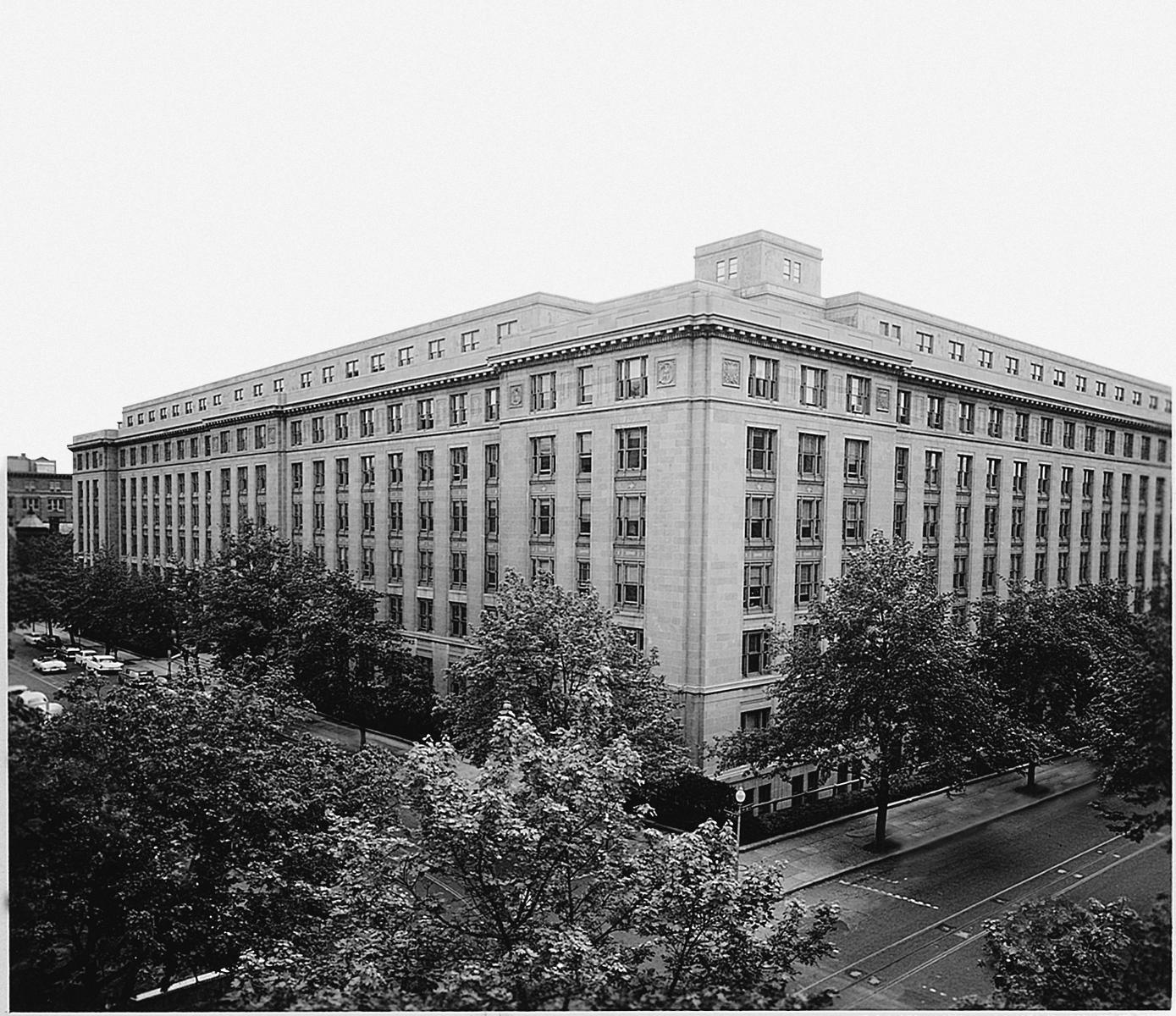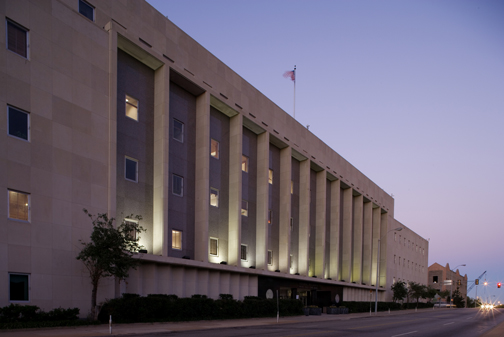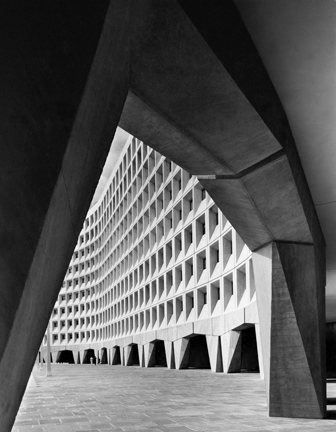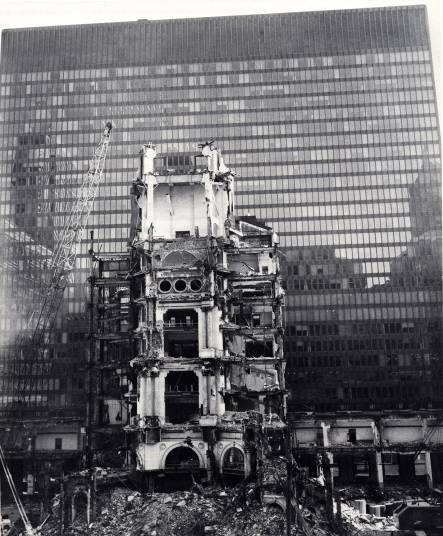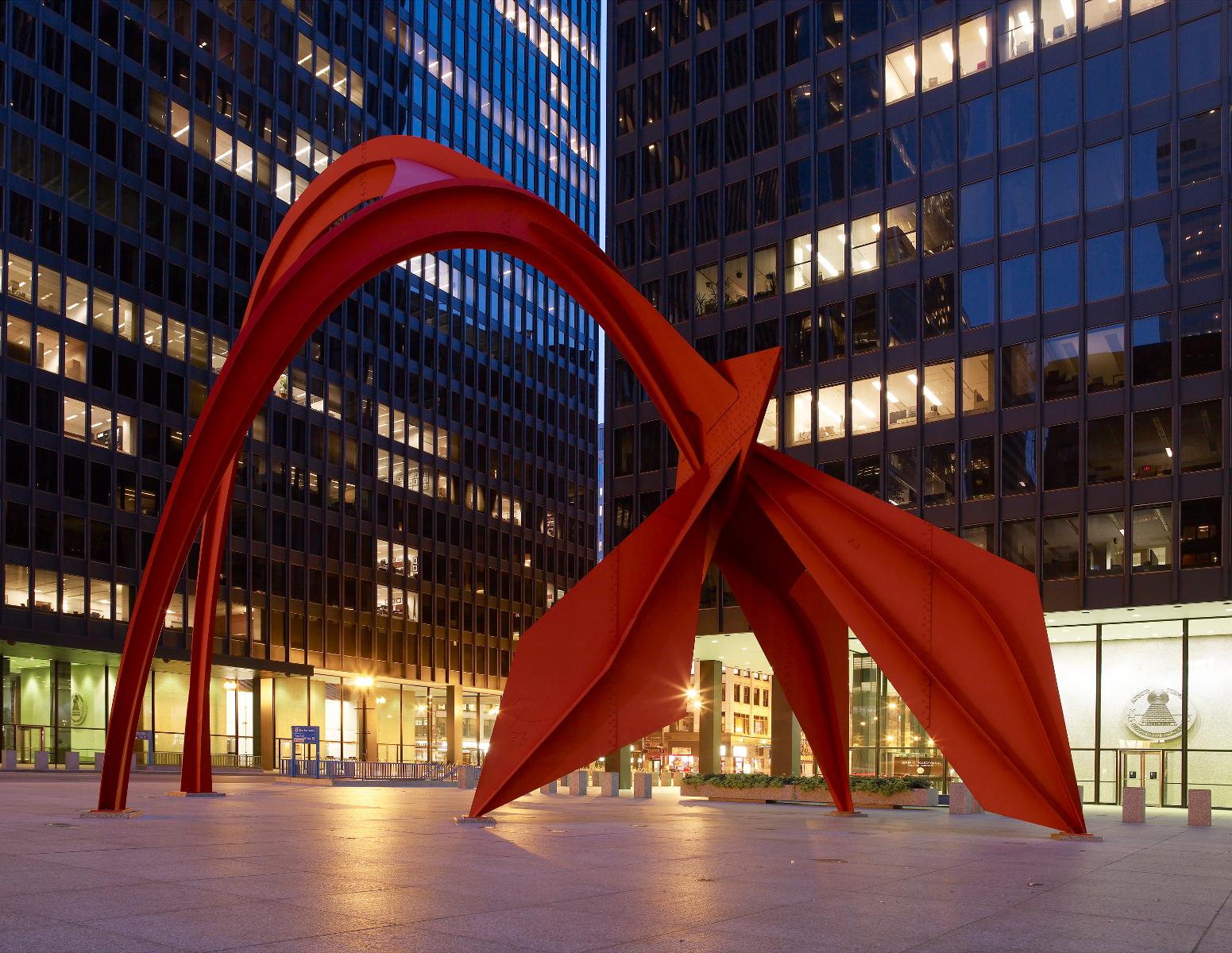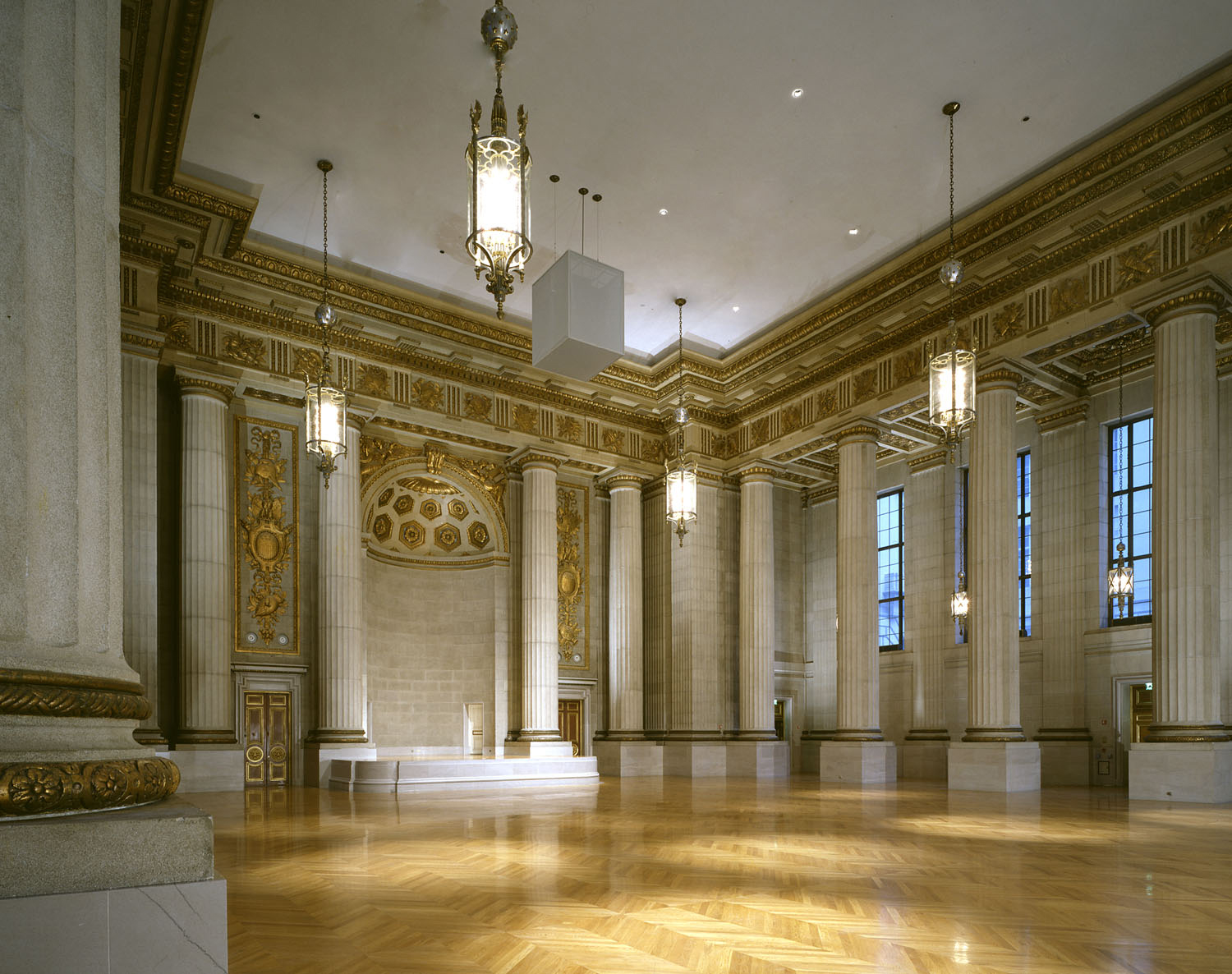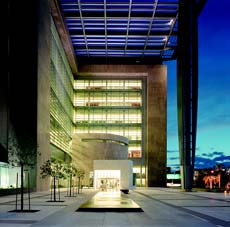
The Audubon Insectarium in the newly restored U.S. Custom House in New Orleans, bolsters local tourism and injects more than $20 million annually into the local economy.
Executive Order 13287
On March 3, 2003, President Bush signed Executive Order 13287 - Preserve America. The order calls on the federal government to protect, enhance and use historic properties owned by the government; to build partnerships with state and local governments, Indian tribes, and the private sector through the use of historic properties to promote local economic development; to maintain accurate information on federal historic properties and their condition; and to seek opportunities to increase public benefit from federally owned historic properties, including heritage tourism.
Visit the U.S. Custom House, New Orleans, LA
2009
American Recovery and Reinvestment Act of 2009
In 2009, President Obama signed into law the American Recovery and Reinvestment Act, to provide $787 billion in economic stimulus. GSA received $5.5 billion of ARRA funds to convert federal buildings to high-performance green buildings and to build energy-efficient federal offices, courthouses and land ports of entry. The ARRA investment included $1.665 billion for modernizations and limited scope sustainability upgrades at 150 GSA historic buildings.
2016
Courthouse Program Expanded
GSA broadened the scope of courthouse expansion funding requests to include plans for reuse, reprogramming, or disposal of existing courthouse facilities, giving preference to alternatives that reused historic buildings. The program included additions to the Charles R. Jonas Federal Building and U.S. Courthouse, in Charlotte, North Carolina, and the James M. Ashley and Thomas W.L. Ashley U.S. Courthouse, in Toledo, Ohio.

 U.S. General Services Administration
U.S. General Services Administration
